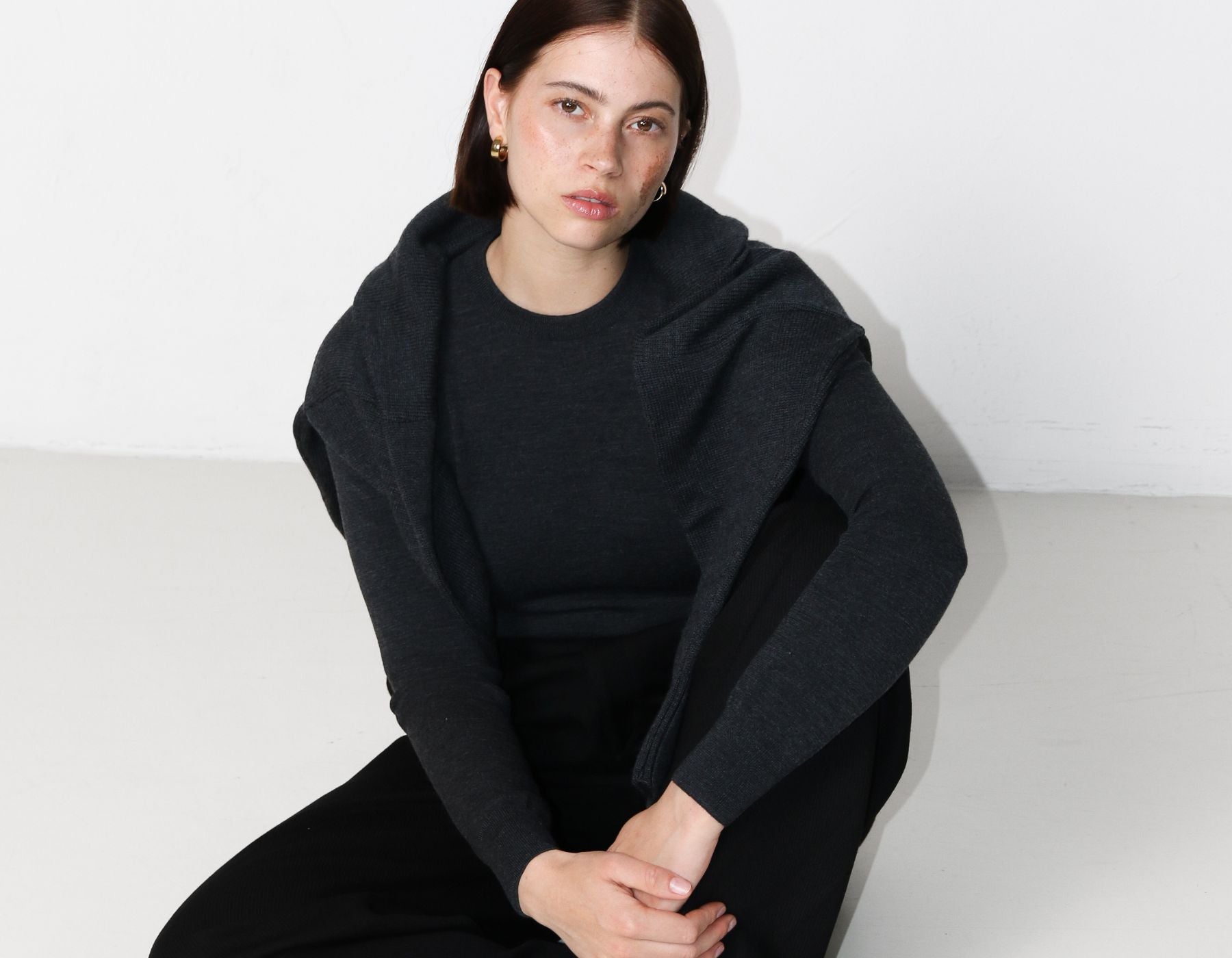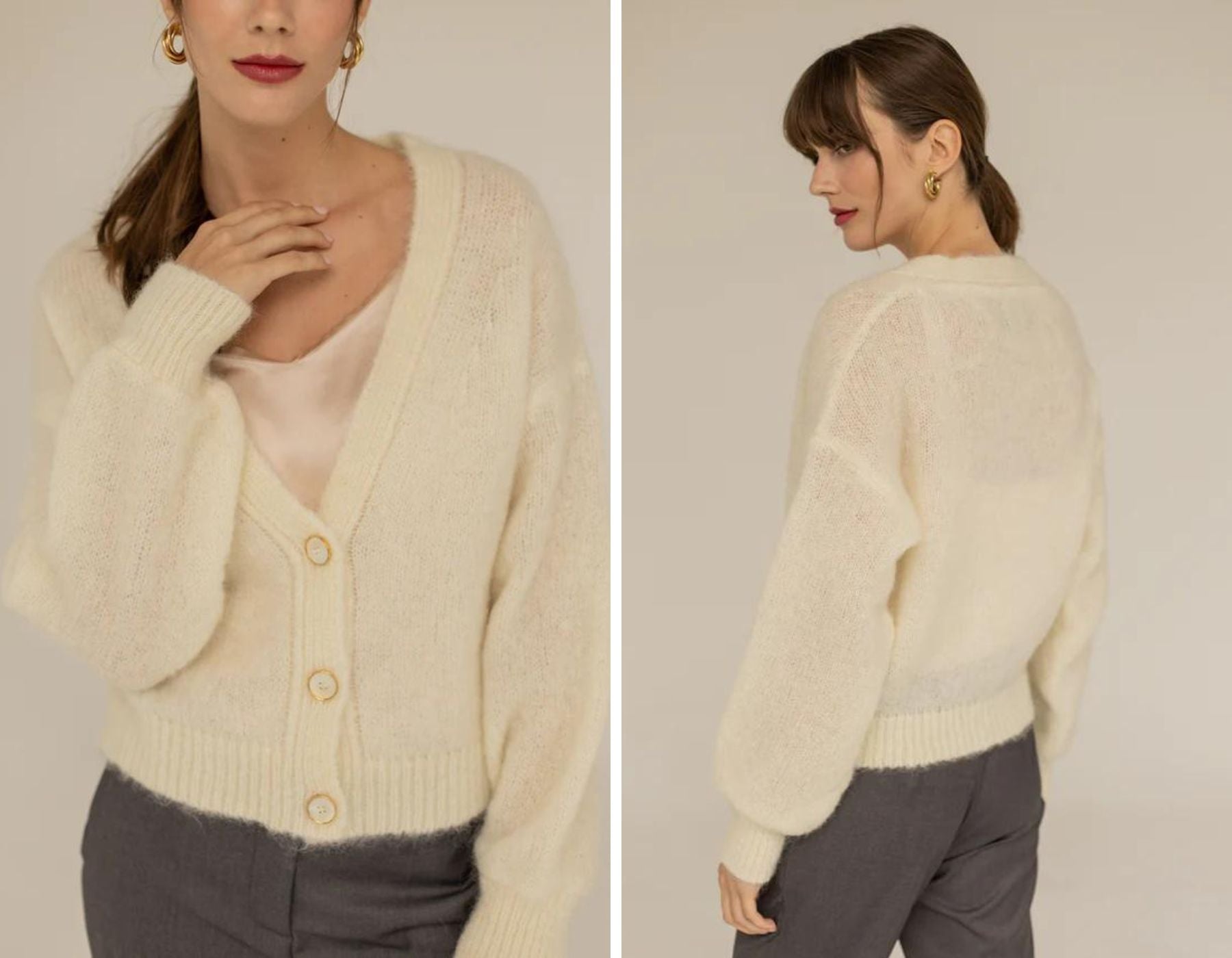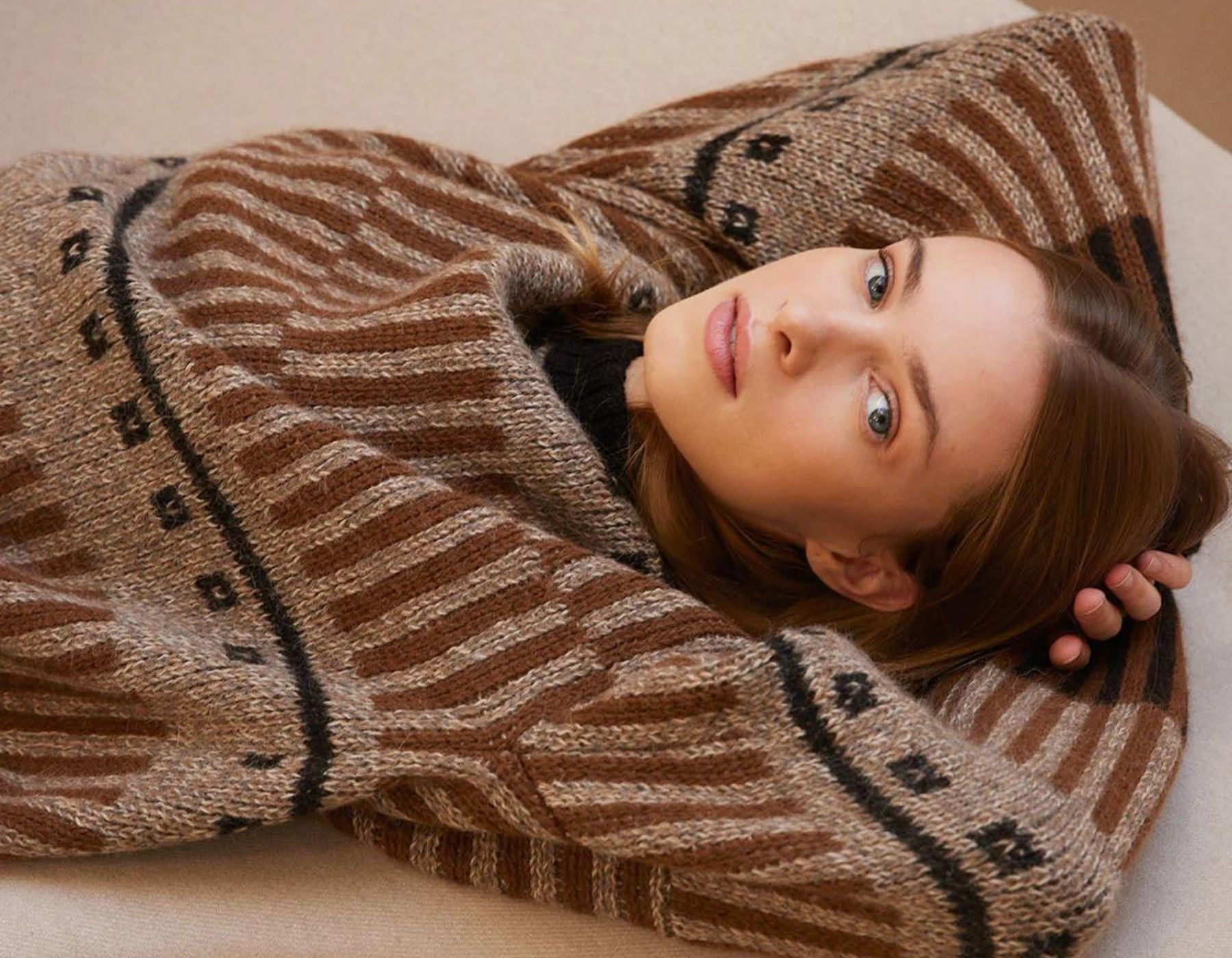Would you like to have beautiful, long-lasting knitwear that will stay in good condition despite constant use? Get to know about different types of wool and learn how to take care of them.

How to take care of a wool sweater?
A wool knit requires the right kind of care. Always try 1) freezing, steaming or airing out and 2) remove the stains instead of washing the sweater.
If you wash your wool garments, use 3) low temperature and 4) a detergent designed for wool. With wool, it is best to 5) prefer drying on a flat platform and 6) avoid hanging.
Learn about the characteristics of different types of wool and simple maintenance instructions. To find out the wool quality, look at the garment's label or product information when purchasing. This will also help you find the wool that best suits your needs.
From the IVALO.COM selection, you can find high-quality, sustainable women's knitwear made from responsible materials, which you can explore by clicking here.
Wool

Wool is a truly natural material. Wool is sustainable, biodegradable and naturally antibacterial. Wool fibre is slightly greasy and therefore repels dirt.
The quality of wool varies depending on the breed of sheep or the animal from which the wool is gathered. The quality of wool is also influenced by the sheep's habitat.
Sometimes other fibres are blended into wool, for example to improve durability.
Traditional wool of a sheep can usually withstand brushing with a rough clothes brush. However, the properties and texture of different wool qualities have a major influence on how the wool should be treated.
Discover our selection of women's knits made from lamb wool here.
Pure new virgin wool

If your garment is labelled "virgin wool" or new wool, it does not contain any recycled fibres.
Virgin wool can originate from the first shearing of a lamb, but it can also come from an adult sheep.
Virgin wool is considered a particularly durable type of wool and is often used in heavy-duty products such as wool jackets, quality men's suits, slippers and blankets.
Virgin wool is often very resistant to brushing and, as a thicker material, even to a lint remover.
Merino wool

Merino sheep produce a fine undercoat which is a much thinner and softer than traditional sheep's wool.
Merino wool is known as the choice for active wear, especially in winter. Merino is ideal for layering and also for wearing directly on the skin.
Merino wool is a heat regulator: it breathes, absorbs moisture and lets it through easily. That's why merino clothing is good for running and skiing, for example. Merino is also a wonderful material for office wear and scarves.
Merino wool is used a lot in children's outerwear. It does not wrinkle, does not feel thick and does not itch. A merino wool sweater fits into a small space and is easy to carry around.
Merino can be brushed with a clothes brush, aired and gently washed if necessary. It is often suitable for the lazier carer too.
Mohair

Mohair is obtained from angora goat. Mohair wool fibre is curly and silky. Silk-like wool feels soft, warm, and slightly fuzzy. So-called kid mohair is the smooth and warm first wool of goats.
Like wool fibres in general, mohair fabrics may shed a little when new. However, regular soft brushing will wear away the excess fibres and the hairiness will be reduced.
Water washing is not recommended for mohair, but if you wash it by hand or in a wool laundry, for example, it is a good idea to dry it inside a towel by gently squeezing and then flat drying.
Mohair knits can be fluffed and embellished by brushing it lengthwise with a clothes brush. Choose a gentle brush.
For rich mohair fibres, you can also try a lint stone for lint removal.
Alpaca

Wool for clothing usually comes from a sheep. But there is also a camelid, which is bred for wool production. Most of the alpaca wool is produced in Peru.
Alpaca wool is similar to sheep's wool but is lighter and silkier. As a material, alpaca wool is well suited to those who feel sheep's wool as itchy and prickly.
Alpaca wool is also free of the fat, lanolin, that sheep wool contains. This means it is non-allergenic, even for the most sensitive.
Alpaca wool does not lint a lot. However, it can still lint to some in areas subject to mechanical abrasion, such as the armpits. You can remove excess dust and wool fibres primarily with a clothes brush.
Care for alpaca knits with a soft-bristled clothes brush. You can spray water or textile spray on the material while brushing. You can also pluck the wool by hand but be particularly careful with a lint remover or wool comb.
Cashmere

Cashmere is a coveted and sought-after fine quality wool, which is a luxurious wool fibre. Cashmere feels warm and super soft on the skin at the same time.
Cashmere does form some lint. Especially when new, even good quality cashmere will lint but you should not be afraid of it. Cashmere sheds smaller quantities of lint when you brush it lightly and as the garment gets older.
However, when buying cashmere, you should check its origin. The popularity of cashmere means that there are varying qualities on the market.
Cashmere knitwear should be stored loosely in a garderobe and protected from scents, jewellery and strong mechanical abrasion.
Cashmere is typically advised to maintain with combs for cashmere, but often a better maintenance tool for it is a clothes brush. A comb, especially when used with a rough hand, can peel and wear off the surface of the knitwear. If you want to use a lint comb, do it with caution.






